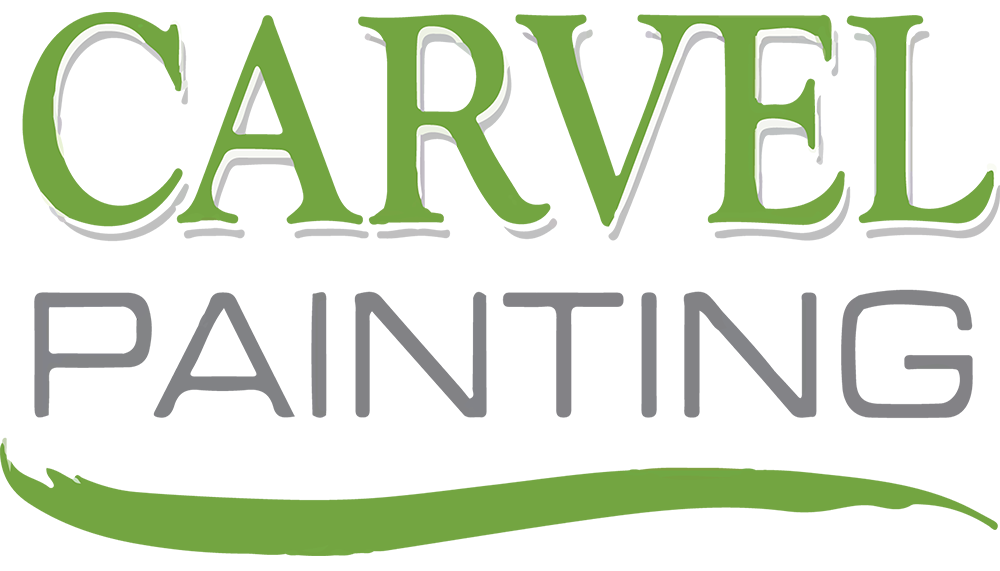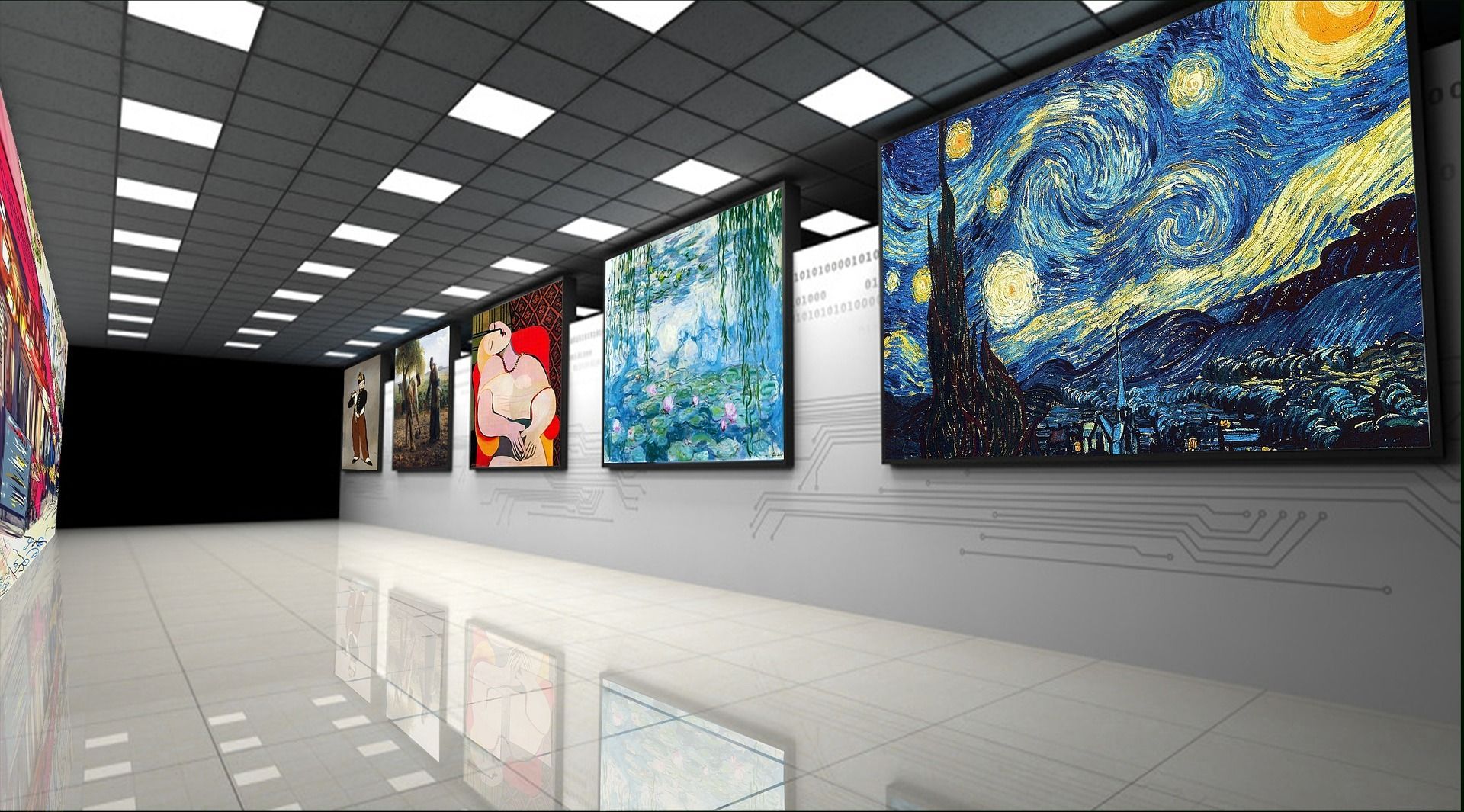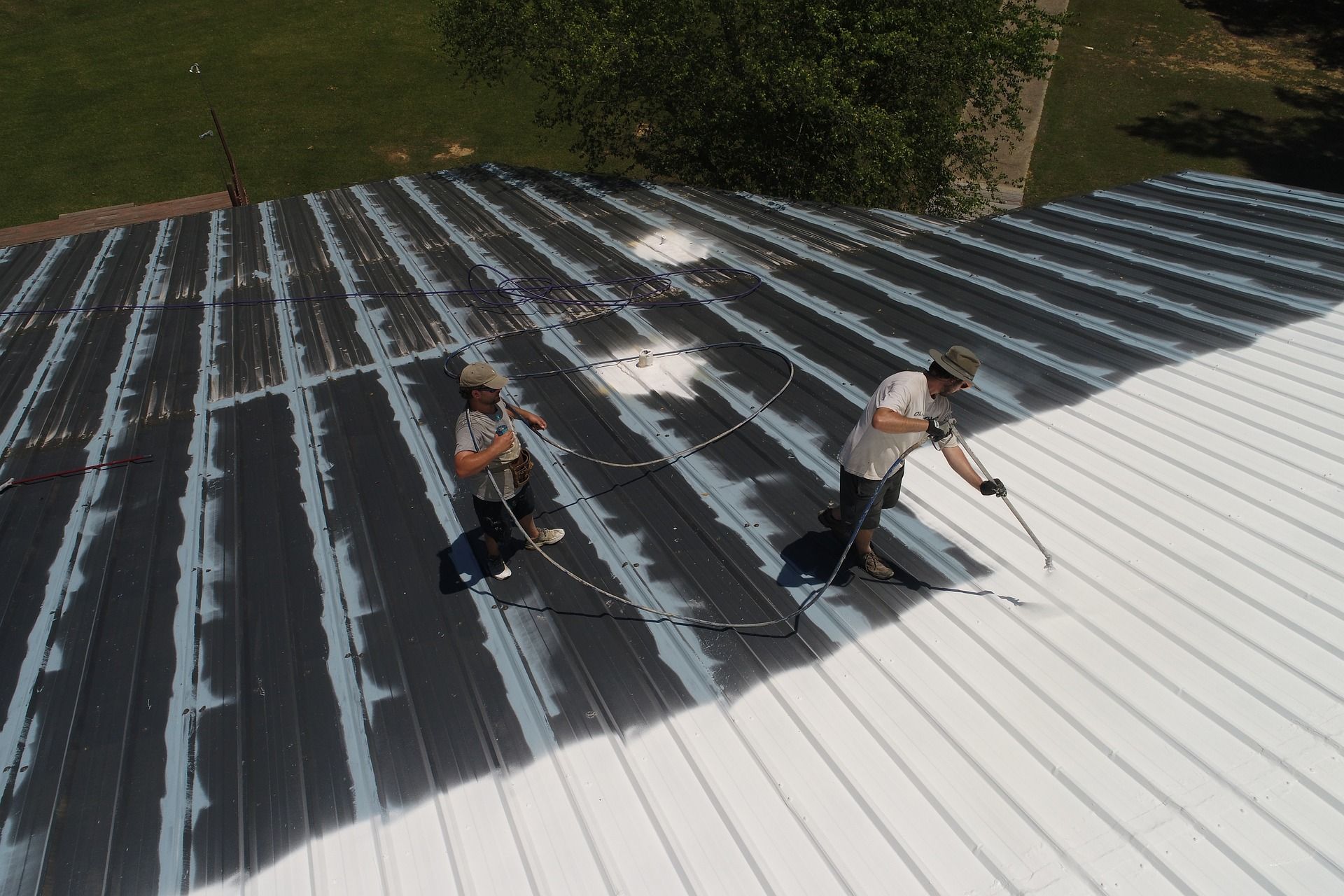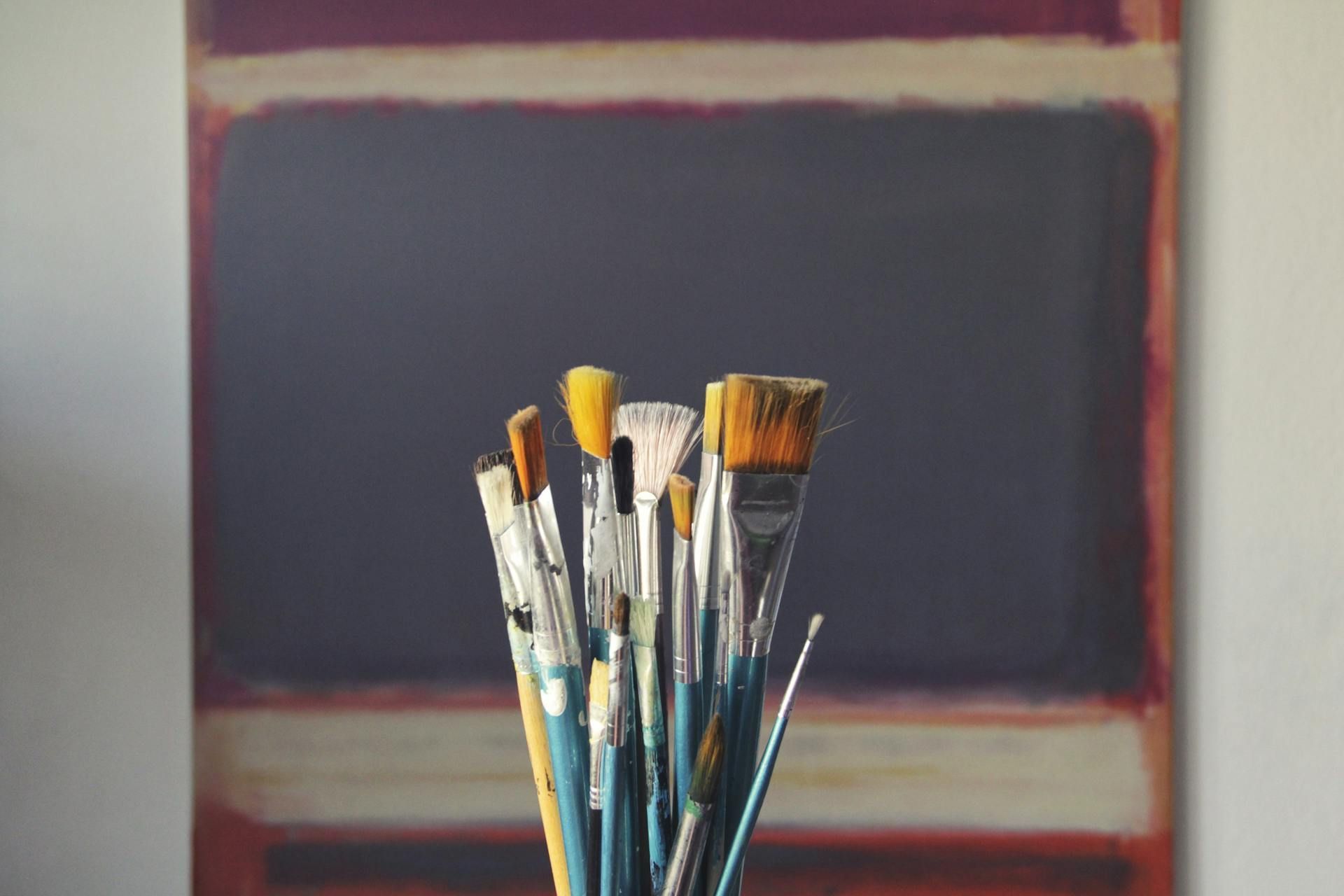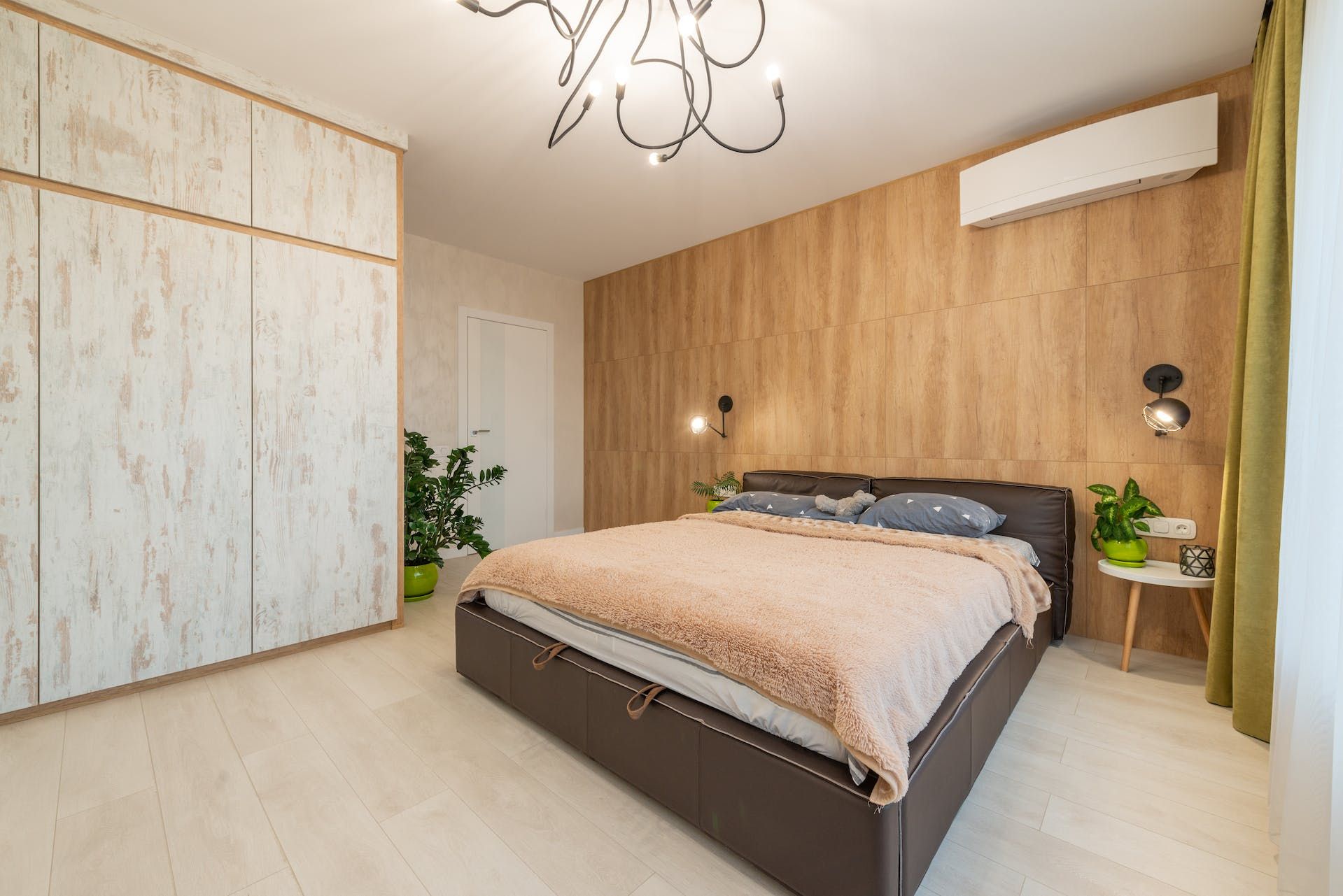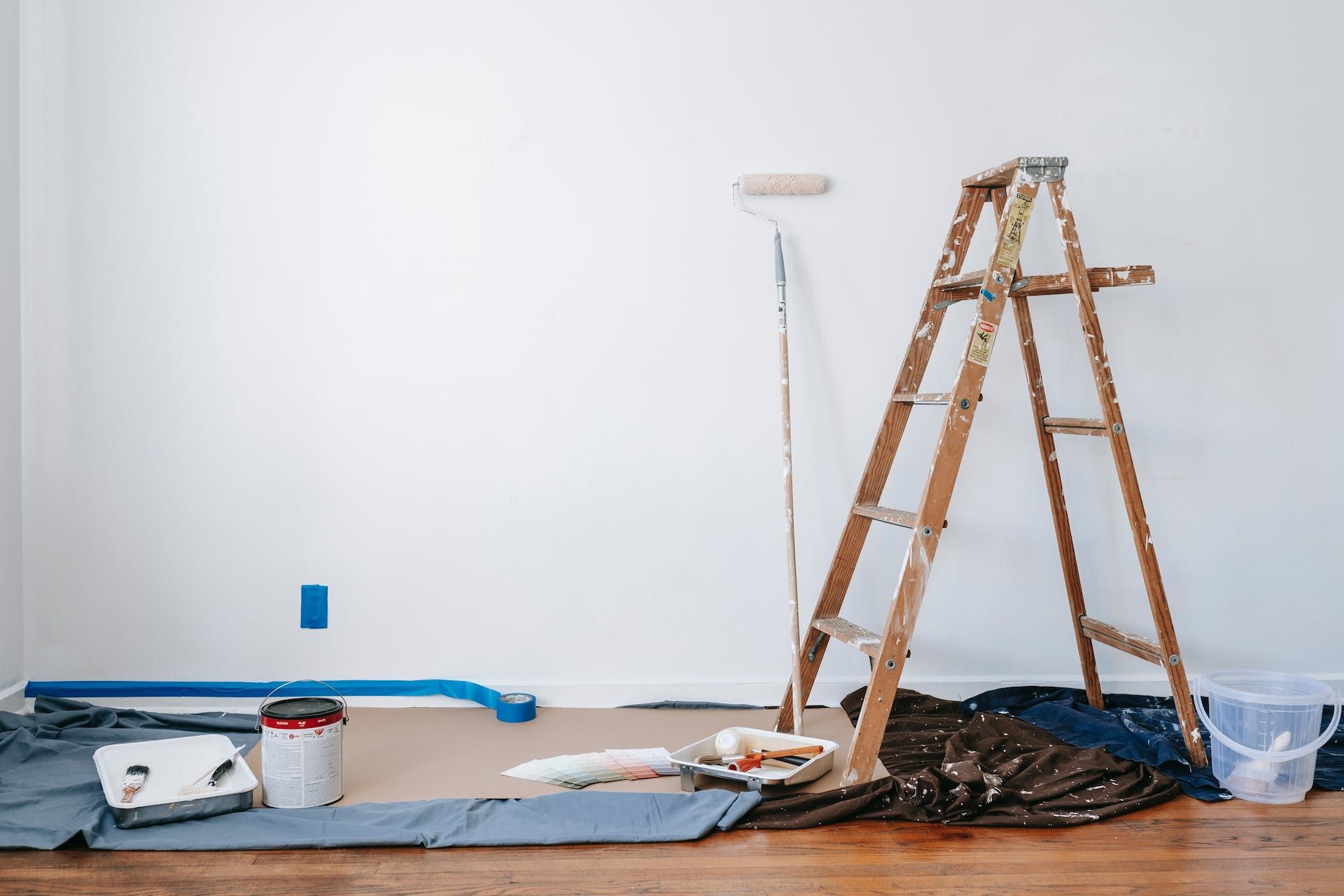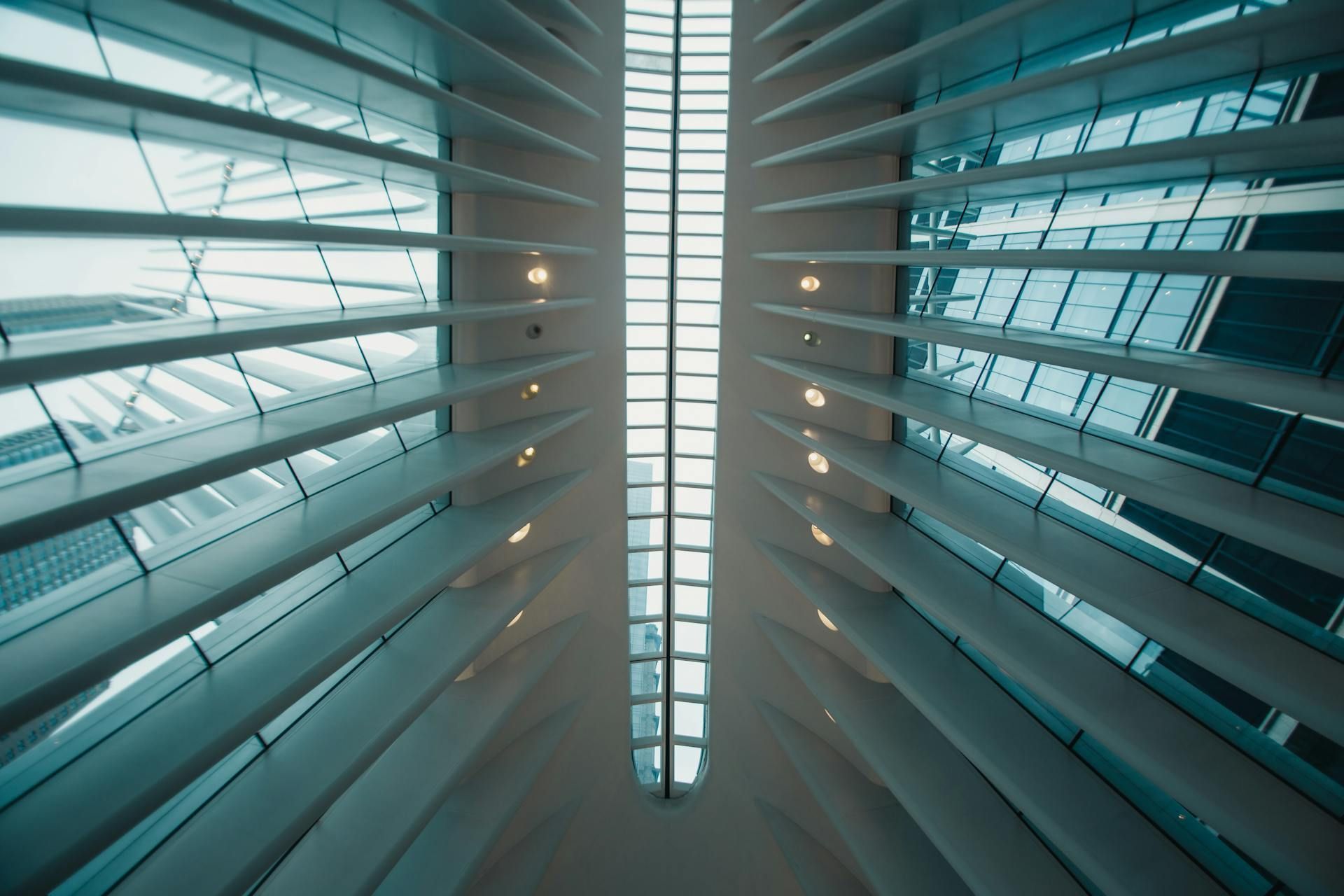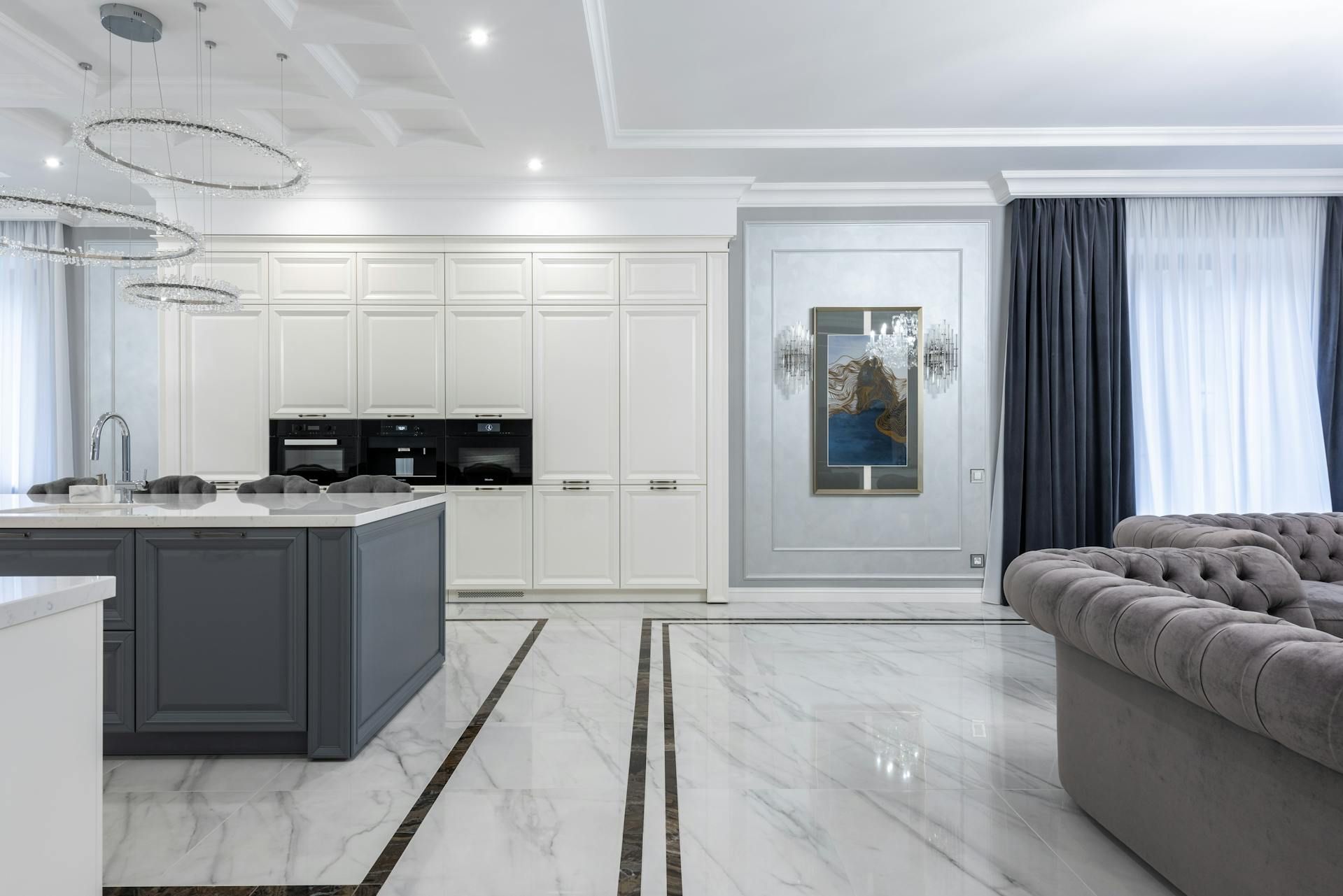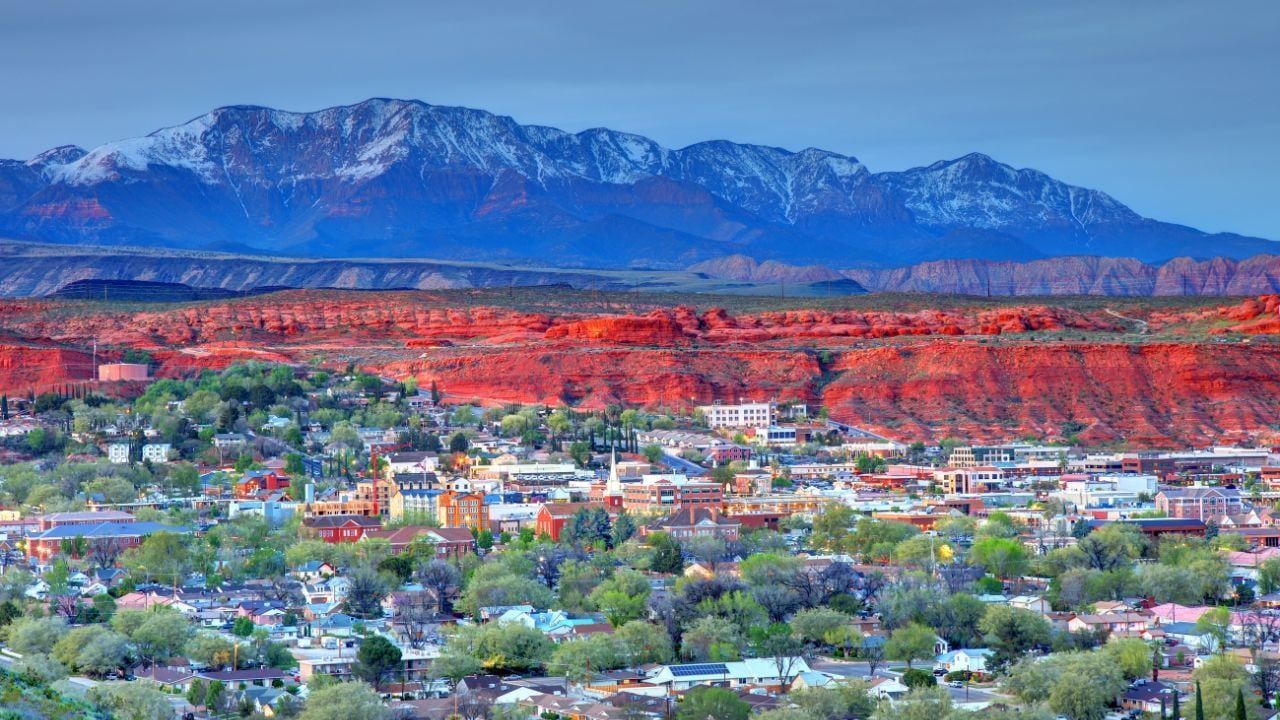Best Time for Exterior Painting
When it comes to giving your home a fresh coat of paint, timing is everything.
Picture this: you step outside, paintbrush in hand, ready to tackle your exterior walls. But wait, are you sure it's the best time for exterior painting job?
Understanding the nuances of weather patterns and seasonal changes can make all the difference in the outcome of your painting project.
Choosing the best time to tackle an
exterior painting project can make a big difference in the outcome of the job. Factors such as temperature, humidity, and weather conditions can all play a role in how well the paint adheres to surfaces and how long it will last. So, when is the best time for exterior painting? Let's explore the factors.
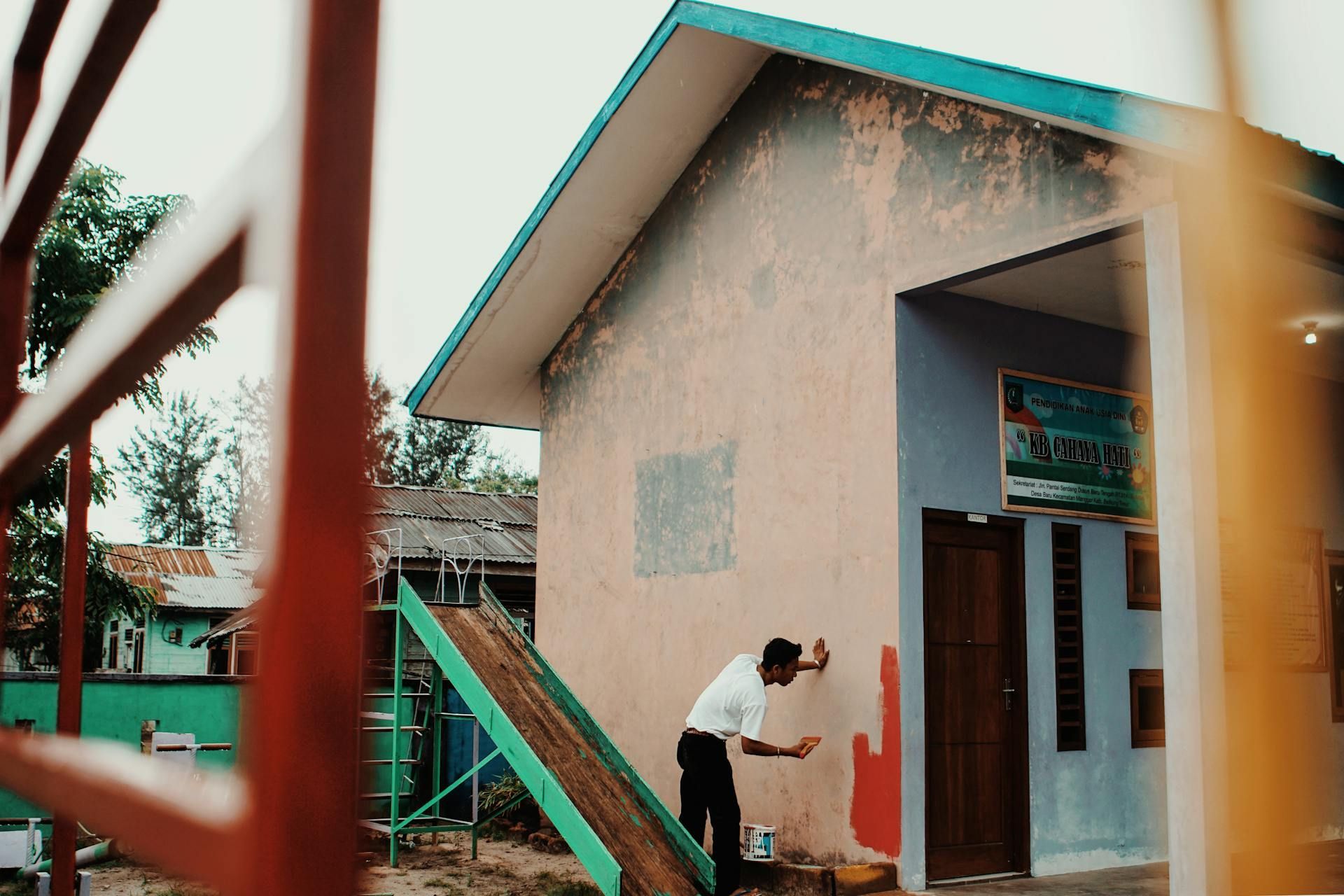
Spring and Fall
Spring and Fall are typically the best seasons for exterior painting. During these times, temperatures are moderate, humidity levels are lower, and there is less chance of rain. These conditions are ideal for paint to dry properly and adhere well to surfaces. Plus, you won't have to worry about extreme heat or cold affecting the paint job.
Summer
Summer can also be a good time for exterior painting, but it comes with its own set of challenges. High temperatures can cause the paint to dry too quickly, leading to a rough finish. Additionally, humidity levels can be high, which can prevent the paint from adhering properly. If you do choose to paint in the summer, try to do so early in the morning or late in the evening when temperatures are cooler.
Winter
Winter is generally not the best time for exterior painting. Cold temperatures can cause the paint to freeze, preventing it from drying properly. Plus, snow and ice can make it difficult to properly prepare surfaces for painting. If you absolutely have to paint in the winter, try to choose a day when temperatures are above freezing and there is no chance of precipitation.
Factors in Determining the Best Time for Exterior Painting
Optimal Weather Conditions
For the best results, choose a clear, sunny day with moderate temperatures for optimal weather conditions when planning to paint the exterior of your home. Rainy days aren't ideal for painting as the moisture can prevent the paint from properly adhering to the surface, leading to bubbling and peeling. It's crucial to wait for dry weather to ensure a smooth and durable finish.
Windy weather can also pose challenges when painting the exterior of your home. Before starting the painting process, make sure to check the weather forecast to avoid windy days. Strong winds can cause dust and debris to stick to wet paint, ruining the final look. Additionally, windy conditions can make it difficult to control the paint application, leading to uneven coverage.
Ideal Season for Painting
Choosing the right season for painting the exterior of your home is crucial for achieving the best results. When considering paint color selection, it's essential to keep in mind how different seasons can affect the appearance of certain colors. For instance, bright and vibrant colors may look more striking during the summer months, while warmer and earthy tones could complement the fall season.
Additionally, surface preparation techniques play a significant role in the longevity of your paint job. Warmer seasons like spring and summer are ideal for painting as the temperatures are more conducive to drying and curing the paint properly. Before starting your painting project, make sure to thoroughly clean and prepare the surfaces by scraping off any loose paint, sanding rough areas, and filling in cracks and holes.
Consideration of Temperature Variations
Considering temperature variations is crucial when planning your exterior painting project to ensure optimal conditions for paint application and drying. Temperature fluctuations play a significant role in the outcome of your paint job. Extreme heat can cause the paint to dry too quickly, leading to poor adhesion and durability. On the other hand, painting in very cold temperatures can prevent the paint from curing properly, affecting its overall performance and longevity.
For the best results, aim to paint when the temperature is between 50-85°F (10-29°C). These moderate temperatures allow the paint to dry at a steady pace, ensuring a smooth and long-lasting finish. Additionally, avoid painting in direct sunlight or on surfaces that are too hot to touch, as this can also impact the paint's durability.
Impact of Humidity Levels
Optimal humidity levels significantly influence the success of your exterior painting project. Humidity effects play a crucial role in ensuring proper paint adhesion to the surface. High humidity can cause issues with the drying process, leading to longer drying times and potential surface imperfections. On the other hand, low humidity levels can speed up the drying process excessively, affecting the paint's ability to adhere correctly.
To achieve the best results, it's recommended to paint when the humidity levels are moderate, typically between 40% to 60%. This range provides an ideal environment for the paint to dry evenly and adhere effectively to the exterior surfaces.
Before starting your painting project, consider using a hygrometer to measure the humidity levels in the air. This simple tool can help you determine the best time to paint based on the current humidity conditions.
Importance of Sunlight Exposure
Achieve optimal paint curing and longevity by ensuring your exterior painting project receives adequate sunlight exposure. Natural lighting plays a crucial role in the durability of your paint job. When sunlight hits the painted surface, it helps in the curing process, allowing the paint to dry and adhere properly. The sun's angle also affects how light interacts with the paint. For instance, a lower sun angle during the morning or late afternoon can highlight imperfections like brush strokes or uneven coverage, enabling you to make necessary touch-ups before the paint fully sets.
To make the most of sunlight exposure, plan your painting project when the sun is out and shining directly on the areas you're painting. Avoid painting in the early morning or late evening when the sun is at a low angle, as this can lead to slower drying times and potential issues with curing. By leveraging natural light effectively, you can enhance the overall quality and longevity of your exterior paint job.
Consult Professionals about the Best time for Exterior Painting
One of the best ways to determine the right time for exterior painting is to consult with a professional painting company like Carvel Painting. With years of experience in the industry, they have the knowledge and expertise to guide you through the process and ensure that your paint job is done correctly and effectively.
Don't wait any longer to give your home the makeover it deserves.
Contact Carvel Painting today to schedule a consultation and get started on your exterior painting project. You'll be amazed at how a fresh coat of paint can transform the look of your home and increase its curb appeal. Trust the experts at Carvel Painting to help you achieve the exterior of your dreams.
